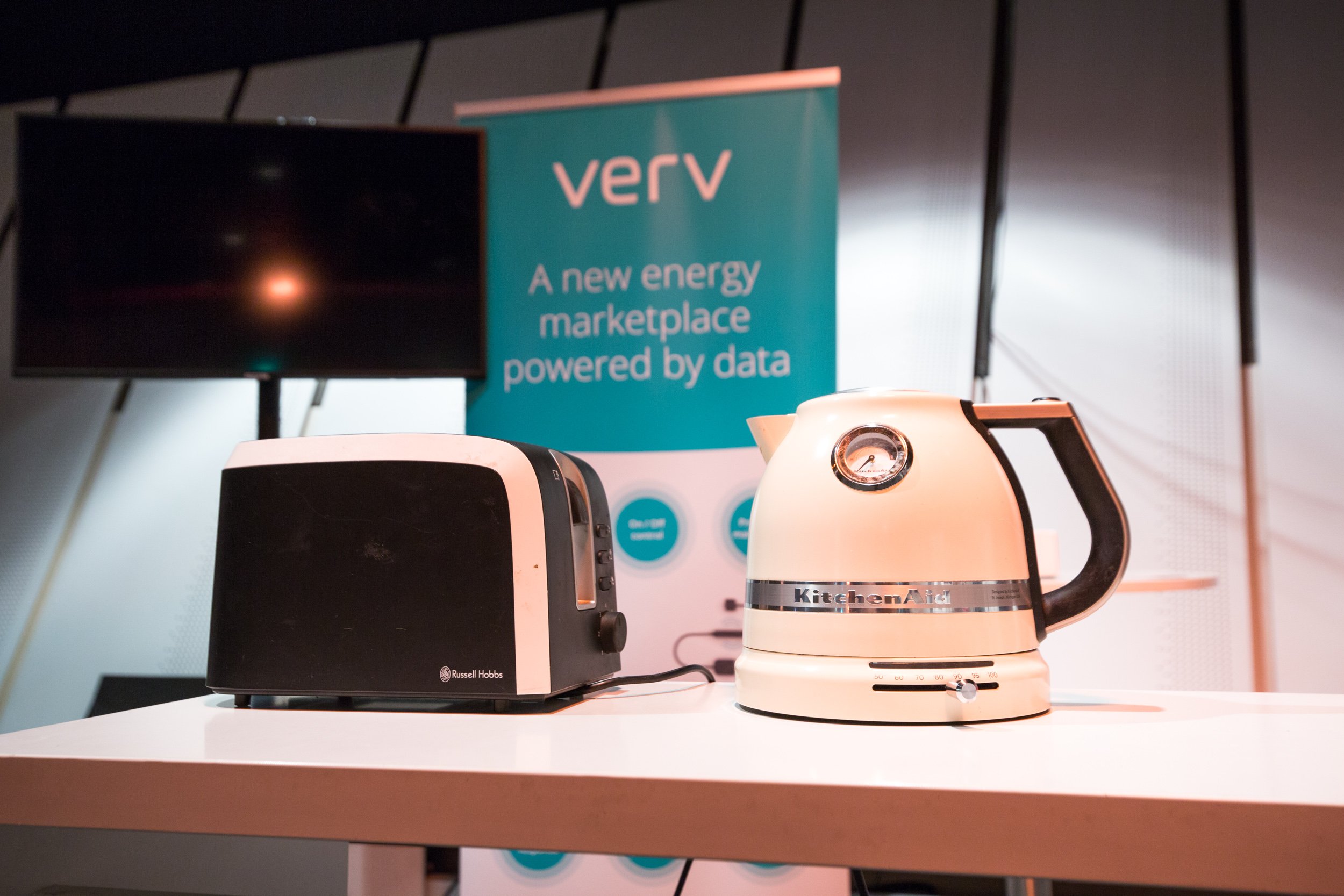
When the UK went into lockdown in mid-March, the small Verv team, surprising as it may sound, was well prepared for the turbulent time ahead of them. “In 2019, we had already made significant cost savings after reviewing our business strategy,” says Louanne Steyn, CFO of Verv, “so we had a good overview of all our costs. We knew what we could do to reduce them in the short term.”
For example, Verv canceled the lease of their London office. “We are a small team and now we all work from home. If necessary, we can rent a space to get together.”
Steyn herself works from Devon, southwest of London. “During this pandemic, it is important to cut costs wherever possible and to be intelligent with spending. This will make a difference later on.”
Better focus on product strategy
Verv already had plans to invest in 2020. At the same time, the start-up focused on the latest predictive maintenance technology currently being applied to household appliances such as washing machines, dishwashers and refrigerators. Verv’s technology measures and analyzes the energy consumption of appliances at very high speeds. By applying specialized algorithms to this data, it is able to detect behavioral anomalies that can signal a fault in the machinery. Due to the high resolution of the technology, errors can be detected and prevented in real time, right down to the level of parts of a device.
Integrated microchip
The solution is available in multiple forms, including built-in firmware on an integrated microchip and an online adapter. By remotely performing a thorough analysis, Verv can provide the manufacturer with a detailed diagnosis and recommendations that can be passed on to repair departments and engineers at the companies involved as well as to consumers who own the device.
With sustainability at its core, Verv wants to offer the market more opportunities to repair rather than replace so that devices and appliances last longer and result in less waste. Steyn thinks that the corona crisis may create new opportunities in the market. “People have less money to spend. They want their things to last longer. Maybe now they’ll start thinking more carefully about the use of raw materials.”
Technology for all electrical products
Manufacturers can integrate the microchip into their devices or devices. But owners of existing devices can also benefit from the predictive maintenance solution. The concept is simple: It uses an online adapter with technology to collect the required data and send it to the platform.
The technology can be applied to any electronic device. “Think of chargers for electric cars where it is important to be able to quickly detect anomalies,” says Steyn. This market is expected to grow due to the need for sustainable transportation.
At one point, Verv was looking for new investments to further develop the technology and prepare for a commercial rollout. “This was a lot harder because investors were first looking at their existing portfolios and were reluctant to invest in new start-ups.”
Re-screened by InnoEnergy
In March, one of the owners of Verv, EIT InnoEnergy, investigated the possibility of reinvesting in some of the start-ups it has in its portfolio. “The process of applying for this was very tough,” says Steyn looking back. “We already knew in 2019 that 2020 would be a challenging year. But corona made that even more difficult.”
Verv further increased its focus on business strategy and product development. At the same time, the company went through the selection procedure set up by the EIT InnoEnergy start-up team. “Now that they have made additional investments, we are in a position to much more easily attract other investors.”
Product delivery likely in 2022
Steyn is happy that Verv is experiencing good traction this year and expects the company to survive the corona crisis. “I have worked for other companies within the circular economy before. I think it’s important to contribute to a more sustainable world with Verv.”
Verv’s business objectives and business strategy will not be greatly influenced by corona, Steyn thinks. Its technology remains on track for mass production, which is likely to start in 2022.

